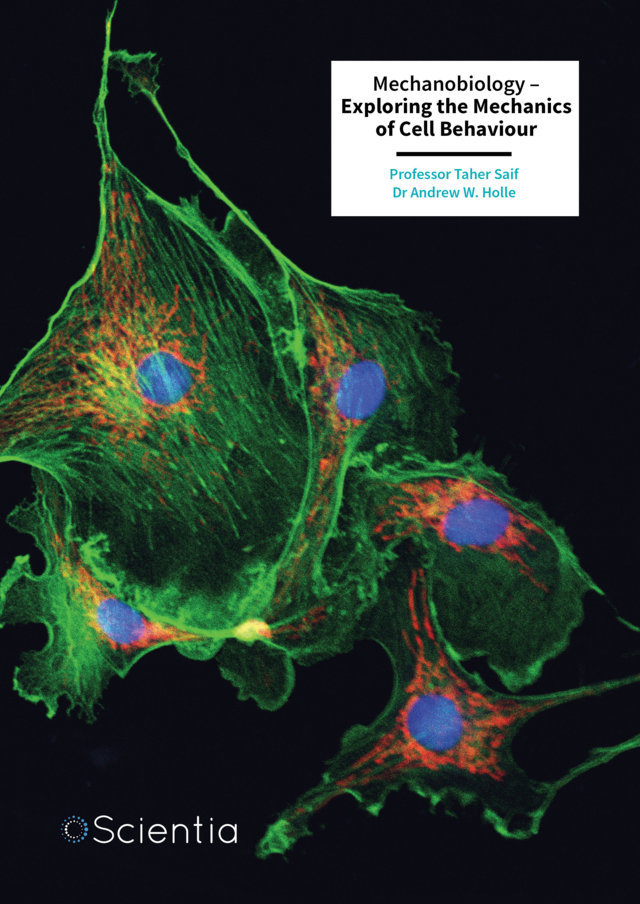In recent years, rapid advancements in techniques for genetic analysis and manipulation have enhanced our potential to understand and improve crop diversity. An innovative project led by Dr. Pasquale Tripodi of the Italian Council for Agricultural Research and Economics and Dr Sandra Goritschnig of the European Cooperative Programme for Plant Genetic Resources marks a significant advance in the study of lettuce genetics. Their recently published research platforms a highly sophisticated technique to analyse genetic diversity within lettuces called Single Primer Enrichment Technology, or SPET for short. This approach provides a highly detailed view of lettuce genetics and also has significant implications for agricultural resilience and crop selection and breeding. More
While we often think of lettuce as a simple salad staple, it is actually a genetically diverse crop with a fascinating evolutionary background. It belongs to the Lactuca genus, which includes many species such as Lactuca sativa (the common cultivated lettuce) and Lactuca serriola (a wild ancestor). These species are not only valuable for their nutritional benefits but also because they carry a range of genetic traits that allow researchers to study plant adaptation, disease resistance, and growth characteristics. Understanding this genetic diversity has become particularly relevant as researchers and farmers aim to develop crops that can withstand environmental stresses, pests, and the changing climate.
To study the genetic makeup of lettuce, Tripodi and colleagues employed a cutting-edge technology called Single Primer Enrichment Technology, otherwise known as SPET. This technique is especially effective for identifying single nucleotide polymorphisms (or SNPs for short), which are small genetic variations that can play a big role in determining traits. SPET allows scientists to look closely at specific areas of the plant’s genome, focusing on targeted gene regions containing useful information. Imagine trying to understand the diversity of an entire forest, but instead of randomly sampling a single leaf, branch or individual trees, SPET allows researchers to select certain types of trees or even branches to understand the forest’s structure with greater clarity.
The power of SPET lies in its ability to zero in on parts of the genome that influence key plant traits, such as growth, color, or flowering time. By focusing on these regions, SPET reduces the “noise” from other genetic information that may not be relevant to these traits, allowing for more precise and informative analysis. The SPET-based SNP assay for lettuce included over 41,000 carefully selected probes spread across the lettuce genome, resulting in the identification of more than 80,000 unique SNPs across different lettuce varieties.
Using SPET, Tripodi and colleagues analyzed 160 lettuce samples from across Europe, America, and Asia, encompassing both cultivated varieties such as Butterhead, Iceberg and Romaine, as well as wild accessions of Lactuca serriola. The research revealed a detailed map of lettuce’s genetic landscape, identifying six distinct genetic subgroups within these samples. This means that within Lactuca sativa alone, there is a wealth of genetic diversity, some of which is influenced by both the plant’s type (such as Romaine versus Iceberg) and its geographical origin.
A particularly interesting finding from the study was the clear genetic separation between cultivated lettuces and their wild relatives. Lactuca serriola, the wild lettuce, is known for its resilience and adaptability, as it often grows in harsh conditions. Its genetic differences from cultivated lettuce suggest that some of these “wild” traits could potentially be bred back into commercial lettuce varieties, making them more robust and resilient against environmental changes.
In addition to these broad distinctions, the researchers found finer details of lettuce diversity. For example, Iceberg, Butterhead, and other types of lettuce clustered in specific genetic groups, revealing that different types of lettuce have unique genetic signatures. These groupings show not only the genetic similarities within each type but also highlight how breeding practices have shaped the genetic makeup of these varieties. For instance, Butterhead lettuces clustered in separate groups from Iceberg varieties, reflecting different selection pressures and breeding histories that have given rise to these distinct forms of lettuce.
One of the most exciting aspects of the research is its application to crop improvement through genome-wide association studies (or GWAS for short). GWAS is a powerful method used in genetic research to link specific genetic variations with observable traits in organisms. Here, GWAS allowed the researchers to identify which regions of the genome were associated with traits such as leaf pigmentation, and bolting time, which is the period before the plant flowers.
Each of these traits holds practical significance for farmers and breeders. Leaf pigmentation is tied to consumer preferences, as certain colours may be more appealing. Meanwhile, bolting time is crucial for lettuce farming, as plants that bolt too quickly can become bitter and undesirable for consumption.
Through their GWAS analysis, Goritschnig’s team pinpointed specific chromosomal regions that are linked to these valuable traits. For example, they identified regions on chromosomes 5 and 9 associated with leaf color, with genes linked to anthocyanin production. Anthocyanins are natural pigments that contribute to red and purple colors in leaves and are valued for aesthetics and antioxidant properties.
The bolting time trait, also linked to chromosome 7, pointed to genes involved in flowering control, specifically one called FAR1, which plays a role in how plants respond to light. By understanding these associations, breeders can select for specific genetic markers to develop lettuce varieties that better match consumer preferences or that can thrive in varying climates.
The findings from this research extend beyond lettuce. SPET is a versatile technology that can be adapted for other crops, making it a powerful tool for agricultural genomics. With SPET, scientists can efficiently study genetic diversity and link traits to specific genes in any plant species. This capability is particularly valuable in an era where food security and climate resilience are top priorities. By identifying genes linked to resilience, productivity, and nutritional quality, SPET enables breeders to develop crops that are better suited to withstand environmental pressures and meet consumer needs.
This research contributes to the broader mission of the European Evaluation Network, which aims to increase crop diversity and make better use of genetic resources for agriculture. This initiative of the European Cooperative Programme for Plant Genetic Resources brings together genebanks, researchers and breeders in public private partnerships, stimulating joint research on plant genetic resources conserved in Europe and making them available to diverse users. Their research helps ensure that valuable genetic traits are not only preserved but are also harnessed for future crop improvements. The SPET technology makes it easier to explore genetic diversity and pinpoint desirable traits, which could be critical for breeding programs focused on sustainability and resilience.
The research represents a transformative approach to plant genetics. By creating a genetic map of lettuce and linking specific genes to desirable traits, the researchers have set the stage for more targeted, efficient crop breeding. As the agricultural industry continues to seek ways to grow more resilient and nutritious crops, innovations such as SPET offer a promising path forward.







